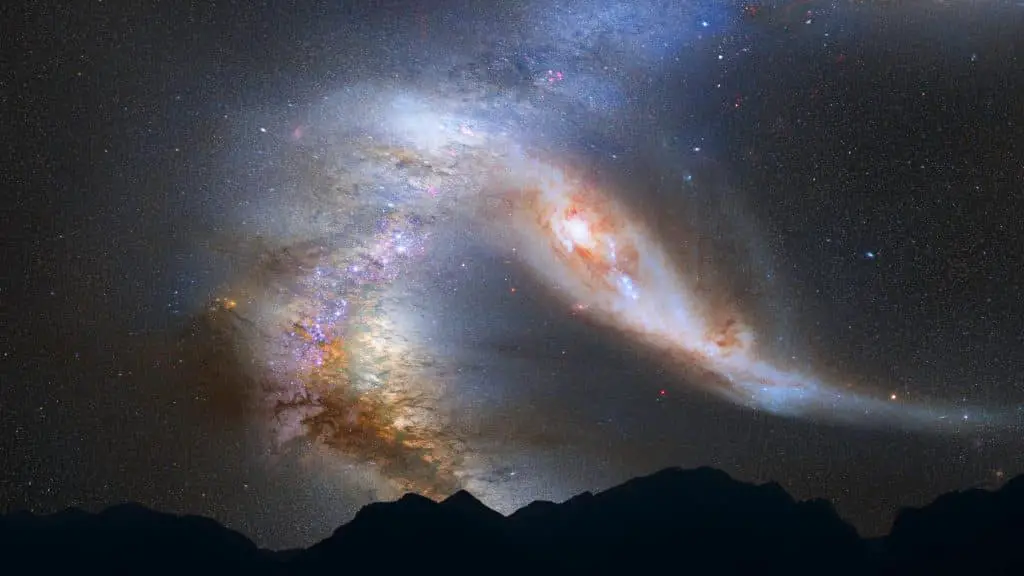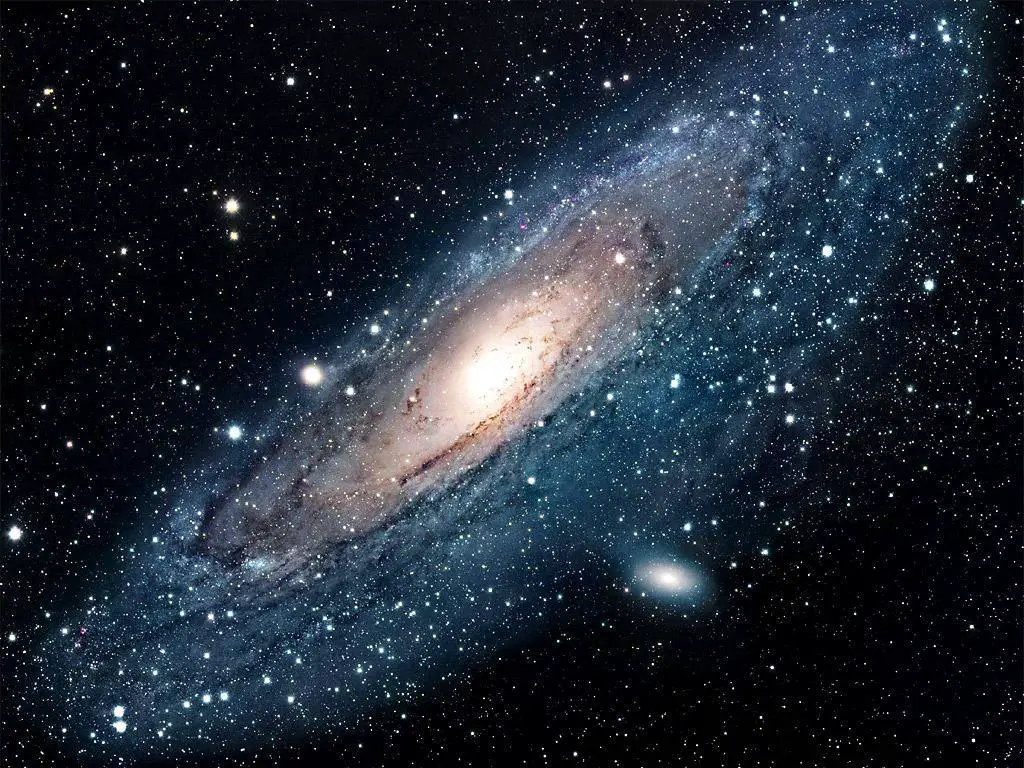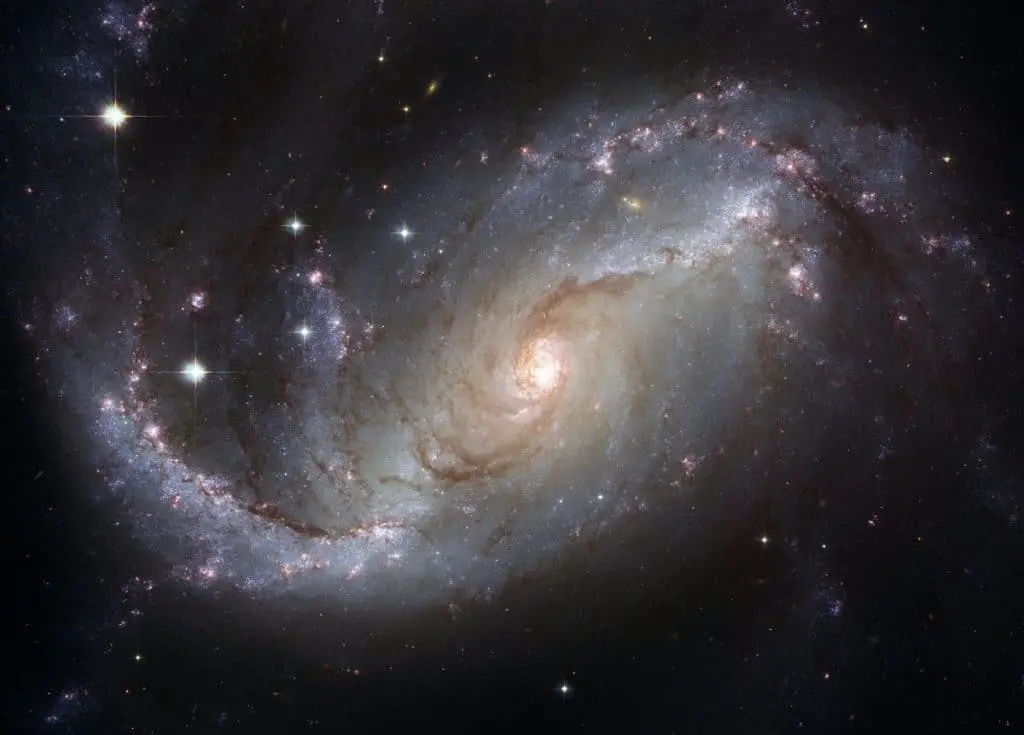When you look at the sky, you see the same constellations that the ancient Greeks and even early hunter-gatherers saw. But it is also an ever-evolving tapestry, as new stars are constantly born and others die. Indeed, this will be the fate of our Sun in about 5 billion years.
The life of the stars of the Milky Way
How quickly the night sky changes and, in our galaxy, the Milky Way , how many stars die every year? According to James De Buizer, a researcher at the Search for Extraterrestrial Intelligence (SETI) institute, it’s complicated.
First of all, it helps to clarify what the death of one means star. Stars are huge balls of hot gas supported by nuclear fusion that converts hydrogen into helium inside the core. They die when nuclear fusion stops. There are two main ways this can happen, and how a star dies depends on its mass.
For low-mass stars, nuclear fusion ends when all the hydrogen in the star’s core is converted to helium. Without the heat and resulting outward pressure of fusion, the star collapses in on itself.
During this collapse, the pressure on the core becomes so intense that the remaining helium begins to fuse into carbon and release energy, NASA explains. The star’s outer atmosphere swells and turns reddish to create what is known as a red giant.
Eventually, the star loses this puffy atmosphere, leaving behind a dense object known as a white dwarf. About 97% of the stars in the Milky Way, including the Sun, are destined to become white dwarfs, De Buizer said.
Astronomers can see white dwarfs because they emit a unique light signature. They use this information, plus the star formation rate and total number of stars, to figure out how many stars die each year. A white dwarf is estimated to form every two years, De Buizer said.
For stars that have a mass equal to or greater than eight times that of the Sun, the death process is different. These massive stars make up only about 3% of the stars in the Milky Way, but their impact is impressive.
“These are really violent, energetic events that I think some people might characterize as death,” said Eric Borowski, a graduate student in astrophysics at Louisiana State University.

This type of star fuses increasingly heavier elements in its core, until it becomes so massive that it can’t resist gravity, Borowski said. The result is a huge explosion called a supernova. According to NASA, the star’s core lives on as a neutron star or a black hole.
The last recorded observation of a supernova in the Milky Way was in 1604, but astronomers estimate that a supernova occurs once or twice a century in the galaxy.
So why has it been more than 400 years since one was detected in our galaxy? Astronomers’ best estimates are complicated by the shape of the Milky Way and dense clouds of gas and dust.
“There could be supernovae coming out of the other side of the galactic center… but there’s so much stuff between us… we won’t see them,” De Buizer said.
In total, with a white dwarf forming every two years or so, plus a couple of supernovae occurring every 100 years, that’s a grand total of nearly 53 stars dying every century in the Milky Way, or about one star every 1.9 years.
Understanding the stages of star death is how astronomers piece together the life cycles of stars, De Buizer said.
How long do stars live?
their deaths can be equally explosive. But how long do they actually live? The short answer is: it depends on the size of the star.
For much of its life, a star exists in a delicately balanced state called hydrostatic equilibrium, in which the gravity pulling on the star is balanced by the outward push created by nuclear reactions in the star’s core. This outward push happens when a star fuses hydrogen nuclei to form helium nuclei, which results in a burst of energy that maintains the star’s shape and brightness.
Once all the hydrogen is used up, the star takes an irreversible path towards its disappearance. The star will burn helium for a time, and larger stars will continue to burn chemical elements down to iron, but this is a fleeting stay of execution.
Stars come in different sizes, from just 7% of the solar mass up to 250 solar masses. So which ones die fastest?
“Larger stars have more fuel to burn,” he told WordsSideKick.com Ryan French, a solar physicist at University College London, UK. “But they also burn much stronger and brighter,” French said. Their enormous size means that gravity squeezes the material in their cores more intensely than in smaller stars, so their nuclear reactions proceed at a high rate.
“The larger ones actually run out of fuel much faster than the smaller ones,” French said. The most massive live for a cosmically short period of hundreds of millions of years. They live fast and die young.

The smallest ones that represent less than about 10% of the sun’s mass have much less fuel to begin with; even so, they can make a living off their fuel supply for hundreds of billions of years.
Since the universe formed only 13.8 billion years ago, there simply wasn’t enough time for a small star to reach old age.
“One of the oldest stars ever discovered is the Methuselah Star,” French said. The star, which is 190 light-years from Earth, is named after the Bible character who supposedly lived for nearly a millennium.
“The current estimate of the age of this star is 13.7 billion years,” French said. This means that it would have formed not long after the Big Bang.
Astronomers, however, have discovered some stars, called protostars, that are still forming. Observed using the Atacama Large Millimeter/submillimeter Array (ALMA) in Chile, these stars are less than 500,000 years old, according to the Max Planck Society. “Humans were using stone tools when these stars first lit up,” French said.
So how do astronomers calculate the age of a star? “It’s not easy,” French said. “Astronomers use a combination of measurements of the star’s mass, brightness and speed in space to compare it to other stars, and computer simulations to estimate its age.”

The age of our sun is about 4.6 billion years, halfway between the protostars and the star Methuselah. Astronomers think it is nearly halfway through its life. “In about 5 billion years, the sun will stop fusing hydrogen into helium inside its core,” French said.
Once the sun’s core runs out of fuel to counteract gravity, it will begin to contract. The sun’s outer shell, meanwhile, will expand, as it still has some hydrogen to fuse. “The sun will become so large that it will swallow the orbits of Mercury and Venus,” French said. After about 1 billion years, the outer core will have exhausted its hydrogen and will switch to helium fusion.
Eventually, the sun will run out of fuel and its core will shrink into a ball of carbon and oxygen called a white dwarf; its outer layers will dissipate and become a nebula, a shell of hot, residual plasma.
#stars #Milky #die #year
